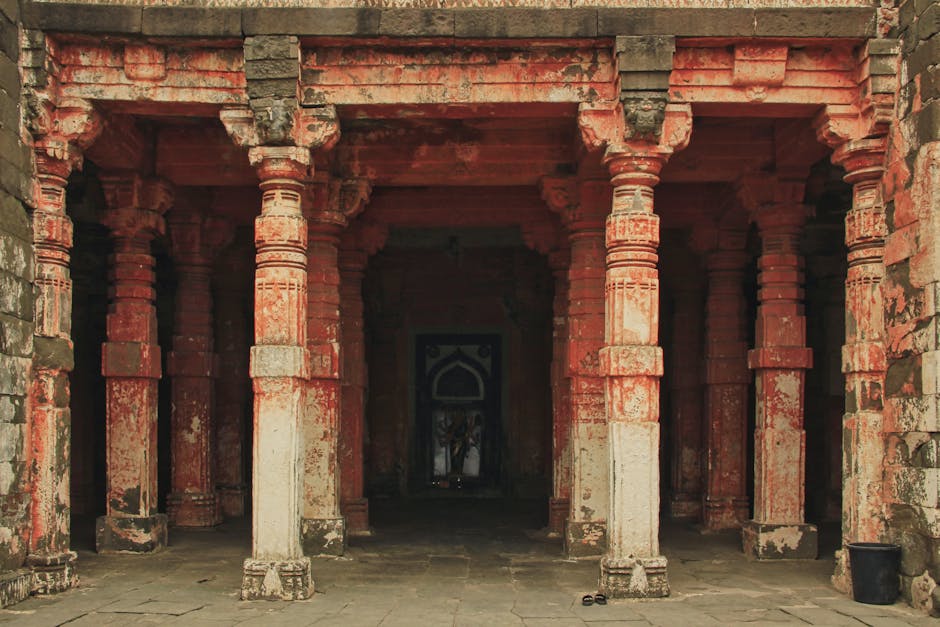North Bihar and Eastern UP Grapple with Extreme Rainfall
North Bihar and eastern Uttar Pradesh are reeling from relentless and extremely heavy rainfall, causing widespread flooding, displacement, and devastation. Over the past 72 hours, torrential downpours have overwhelmed drainage systems, submerged roads, and forced thousands to evacuate. The India Meteorological Department (IMD) has issued red alerts for multiple districts, warning of continued heavy rainfall in the coming days.
Unprecedented Rainfall Causes Widespread Chaos
Districts like Supaul, Madhubani, Sitamarhi, and Araria in Bihar, along with Kushinagar, Gorakhpur, and Maharajganj in Uttar Pradesh, have been severely affected. Some areas have recorded over 300 mm of rainfall in 24 hours, far exceeding seasonal averages. Rivers such as the Gandak, Burhi Gandak, and Kosi are flowing above danger levels, raising fears of extensive flooding.
In Bihar, low-lying areas are submerged, with water entering homes and agricultural fields. The state government has deployed disaster response teams, but the crisis’s scale is overwhelming. In eastern Uttar Pradesh, villages near the Nepal border are cut off as floodwaters inundate roads and bridges, complicating rescue efforts.
Human Toll and Displacement
The relentless rainfall has claimed at least 15 lives across both states, with victims succumbing to drowning, electrocution, and collapsing structures. Thousands of families have fled to relief camps set up by authorities.
In Bihar, rural areas are particularly hard-hit, with poor infrastructure worsening the flooding. Farmers face massive crop losses as paddy fields remain submerged. Despite the state government’s compensation announcements, residents report delays in receiving aid.
In Uttar Pradesh, Gorakhpur and Kushinagar districts are severely impacted, with entire villages marooned. Rescue operations using boats and helicopters are underway, but resources are stretched thin.
Climate Change and Weather Patterns
Meteorologists attribute the extreme rainfall to a strong monsoon trough and cyclonic circulation, exacerbated by climate change. “This is a climate-induced crisis,” said Dr. R.K. Jenamani of IMD. “The frequency and intensity of such events are increasing, demanding better preparedness.”
Government Response and Challenges
Both Bihar and Uttar Pradesh governments have set up control rooms to monitor the situation and coordinate relief efforts. NDRF and SDRF teams are conducting rescue operations and delivering essential supplies. However, poor infrastructure, inadequate disaster preparedness, and delayed responses have hindered relief efforts, drawing criticism from locals.
Long-Term Solutions Needed
Experts stress the importance of long-term measures like improved drainage, better urban planning, and climate-resilient infrastructure. Community awareness and early warning systems are also crucial to mitigate future disasters.
As North Bihar and eastern Uttar Pradesh continue to battle the crisis, the focus remains on rescue and relief efforts. This disaster underscores the urgent need for comprehensive action to protect vulnerable communities from climate change impacts.
Stay tuned to NextMinuteNews for real-time updates on this developing situation.




